In Iceland, a celebratory takeaway as landmark Euro 2016 run ends

REYKJAVIK, Iceland – Fifteen minutes before kickoff of the France-Iceland quarterfinal near Paris, I am sitting with 30,000 of my new best friends on Arnarholl hill, clapping my hands over my head and doing the "HUH!" chant.
The Huh–pronounced “hoo,” the best I can make out–purportedly is an old Viking chant that represents the quickening strokes of a war galley. By “old” we mean two years old and by “Viking” we mean Scotland. The Huh chant, syncopated clapping that has become part of the creation myth of Icelandic soccer during Euro 2016, apparently was appropriated by an Icelandic club side that saw it being done by Motherwell fans during a Europa League qualifier in Scotland in 2014.
“Scotland,” says Logi Palsson, a 29-year-old speech pathologist, who has brought his two young daughters to the hillside. “Didn’t it invent everything?”
Iceland meets its brutal Euro 2016 fate after ruthless France display
Arnarholl is named after a Norwegian settler Ingolfur Arnarson, who arrived in Iceland around 870. The hill overlooks the harbor of Reykjavik, a delectable confection of a city. When you start with the sleek architecture and ambient Nordic charm and toss in the beards and the fleece among some soccer supporters on the hill, the 230-year-old city looks like it might be the love child of Helsinki and Burlington, Vermont.
GALLERY: Iceland fans in Reykjavik during Euro 2016 quarterfinals
Iceland fans in Reykjavik: Euro 2016 quarterfinals vs. France
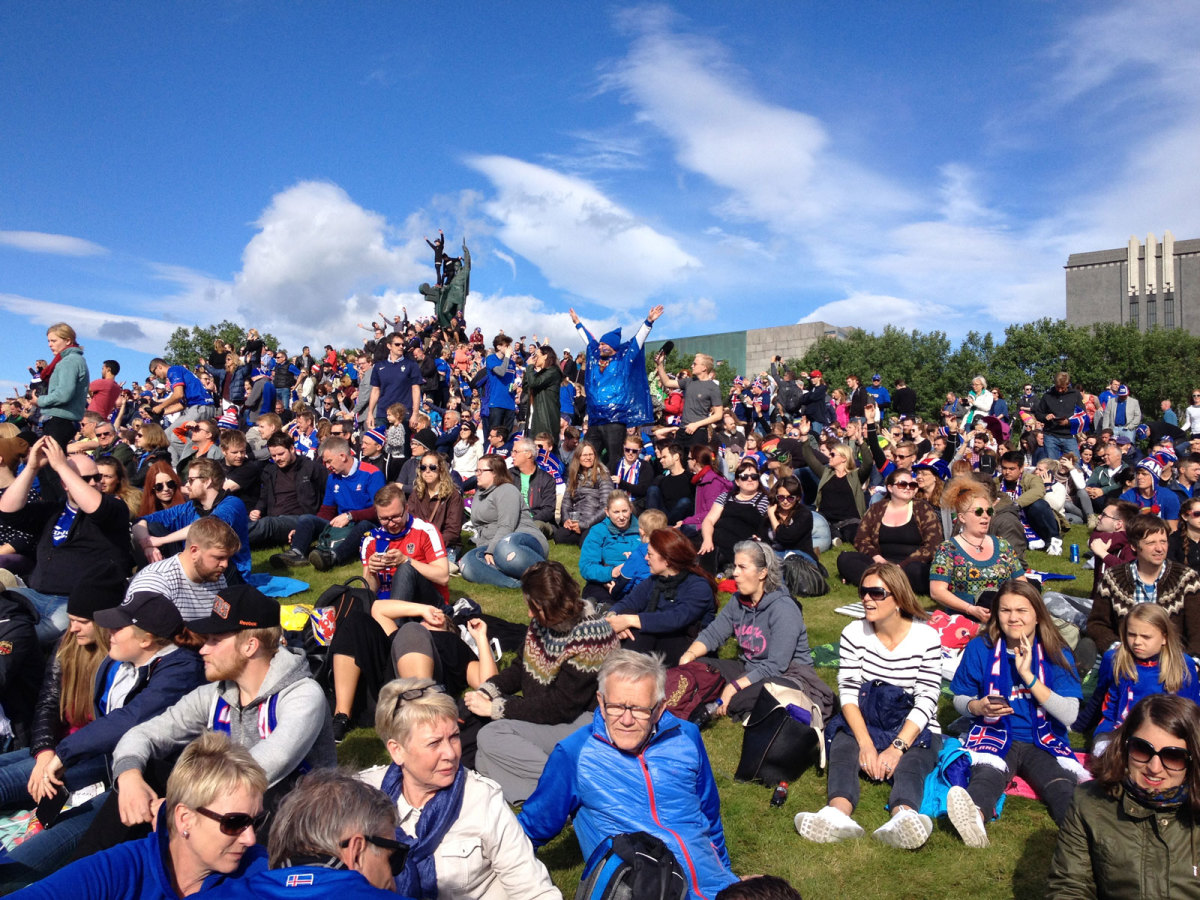
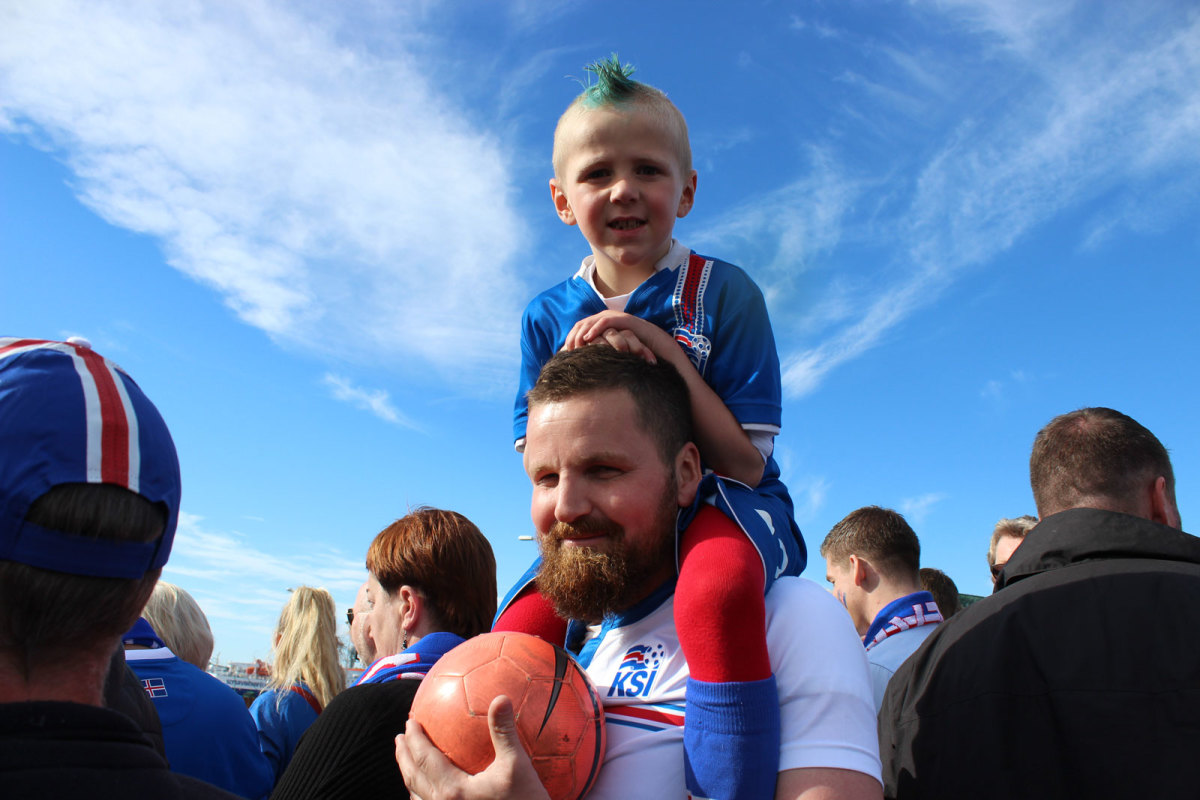
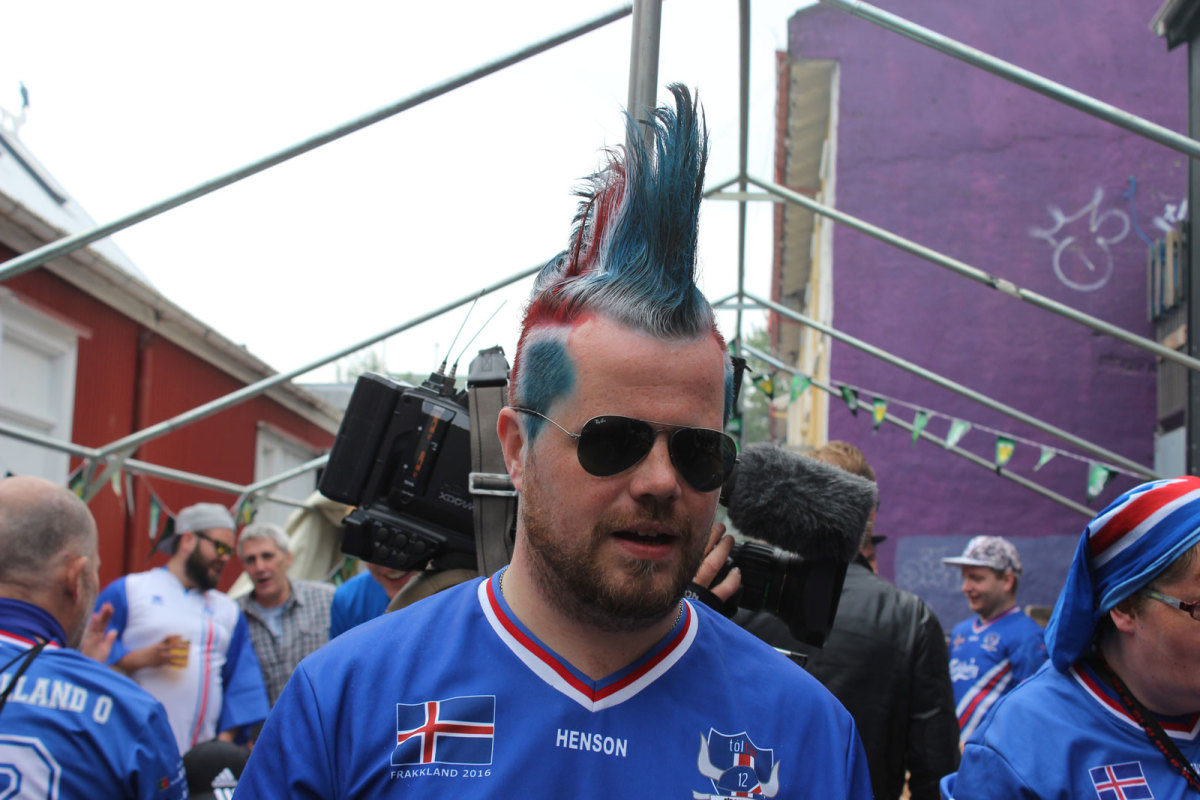
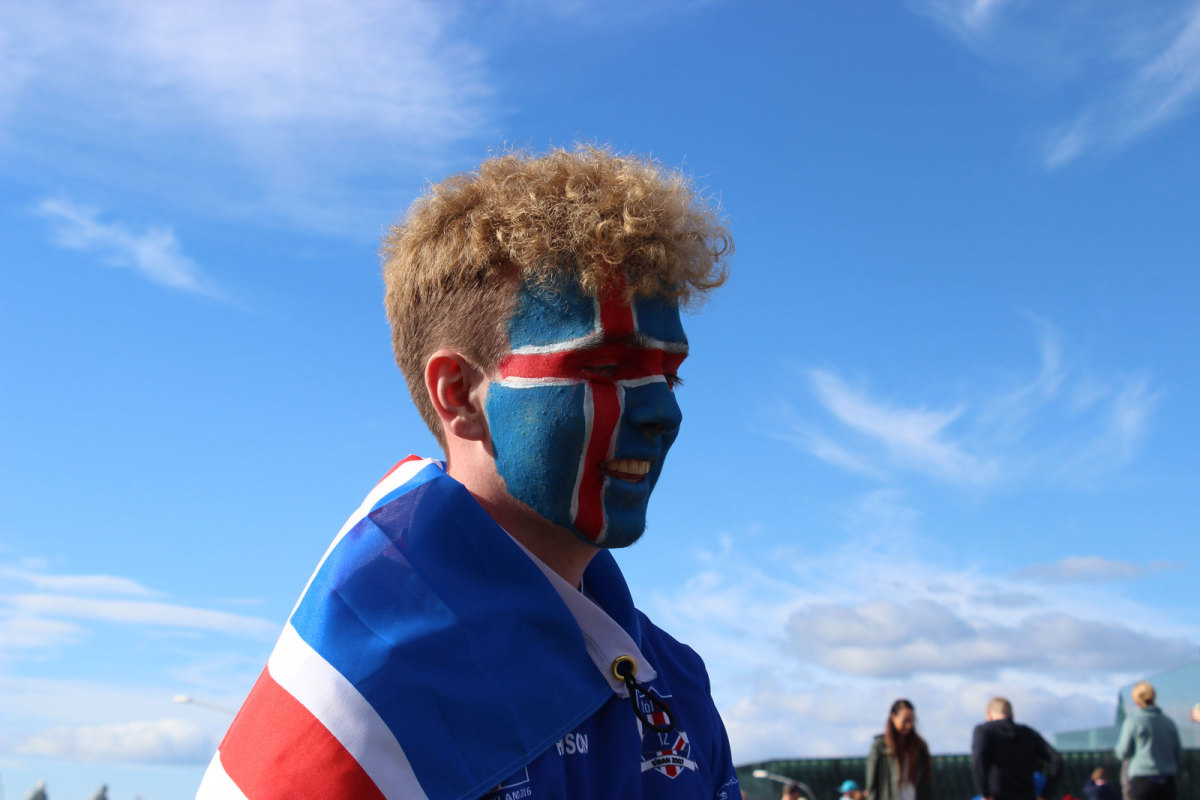
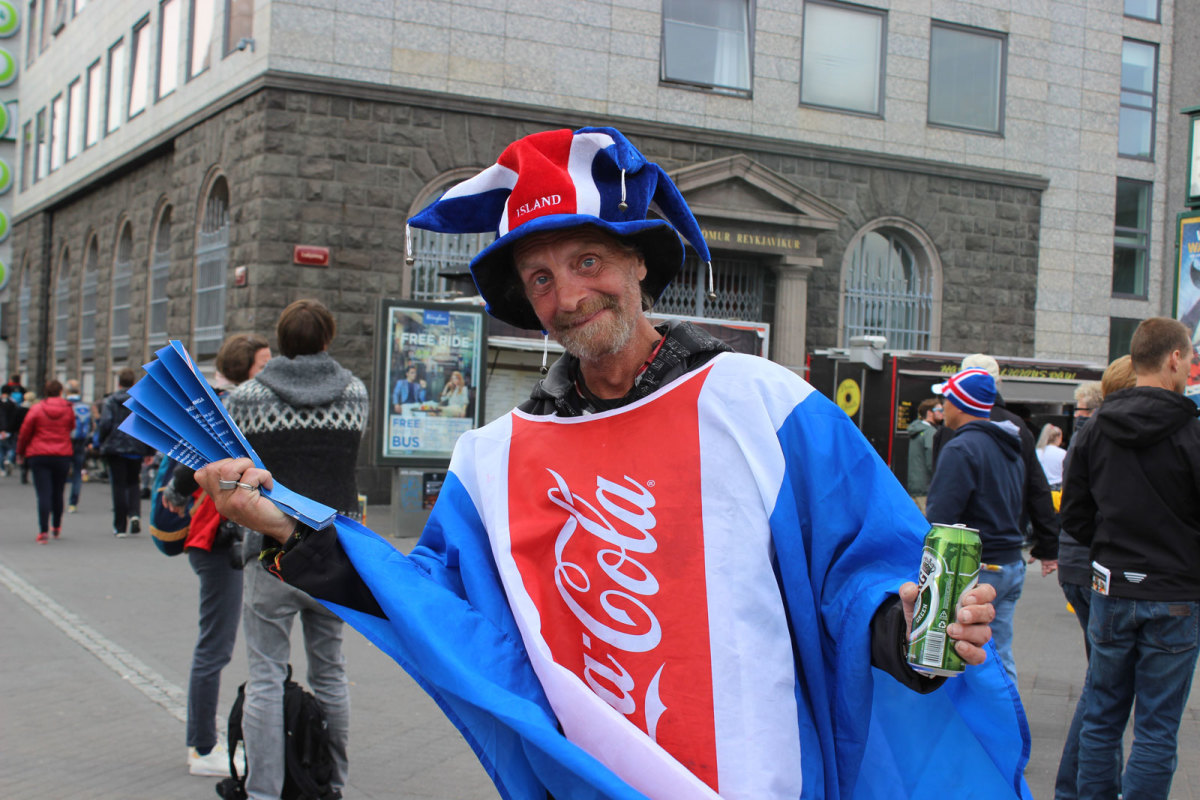
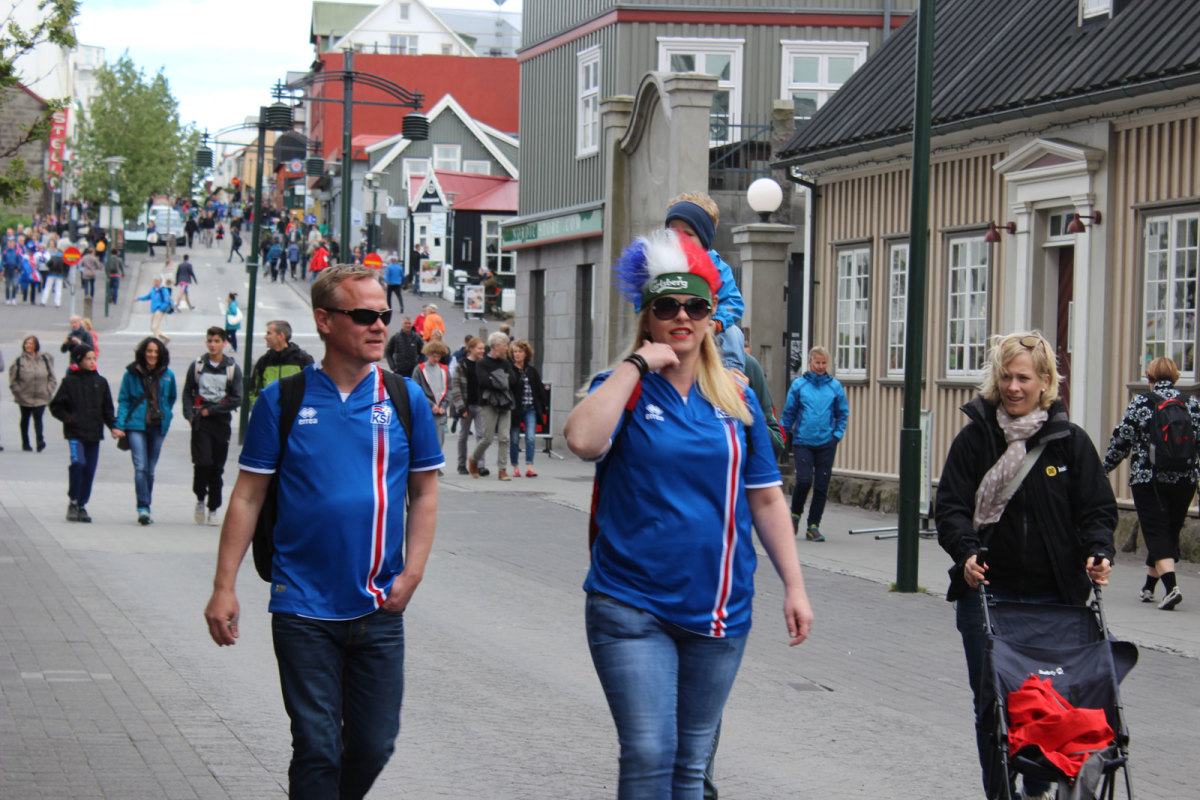
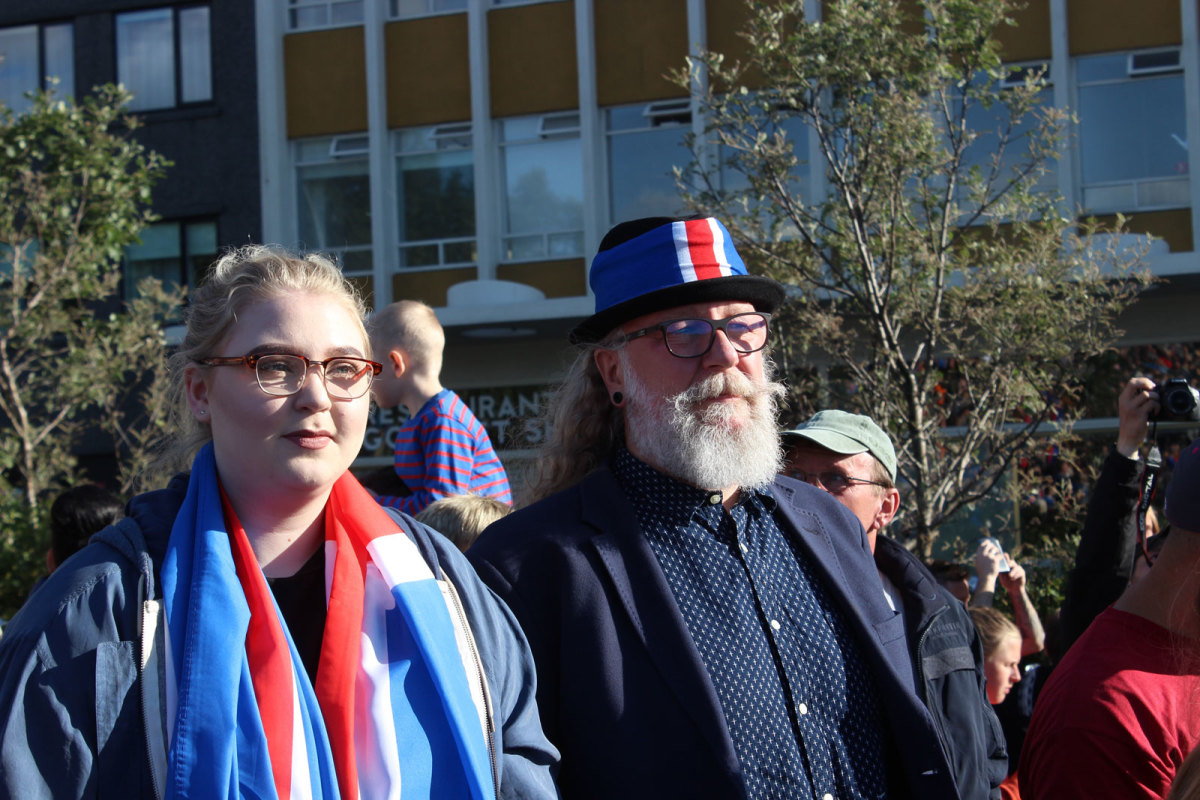
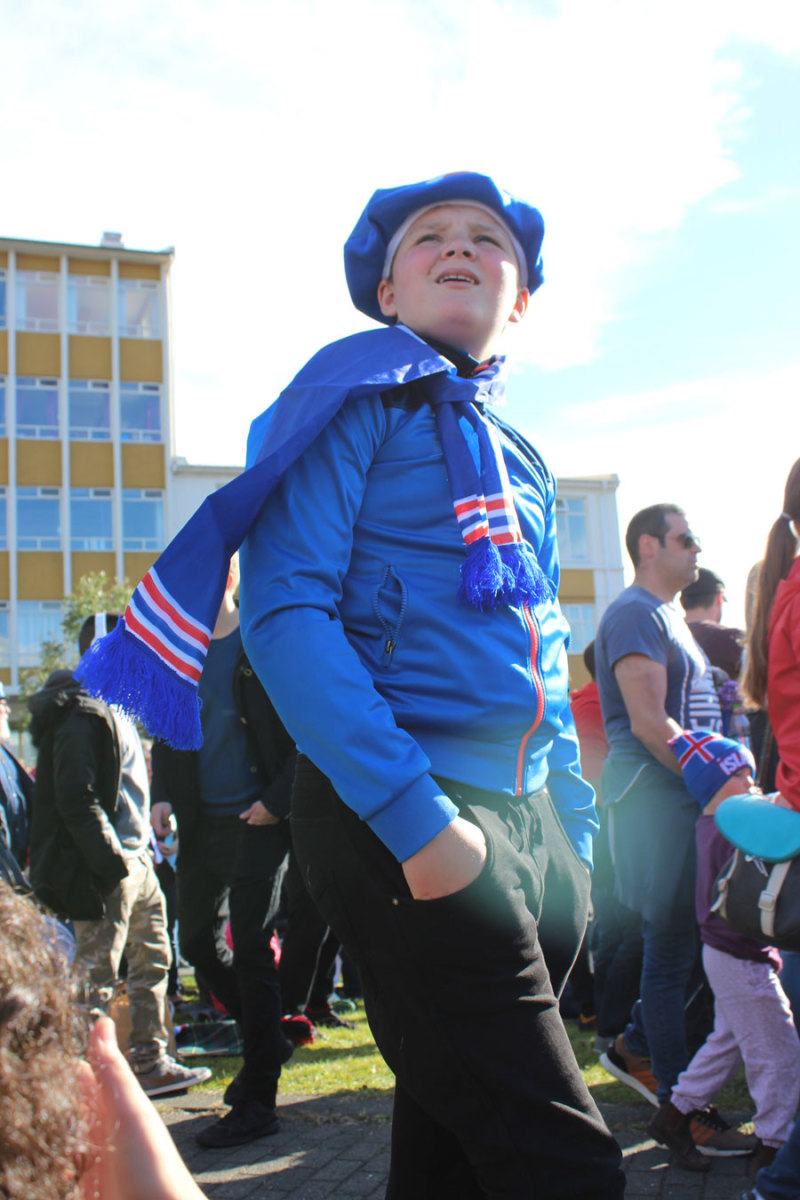
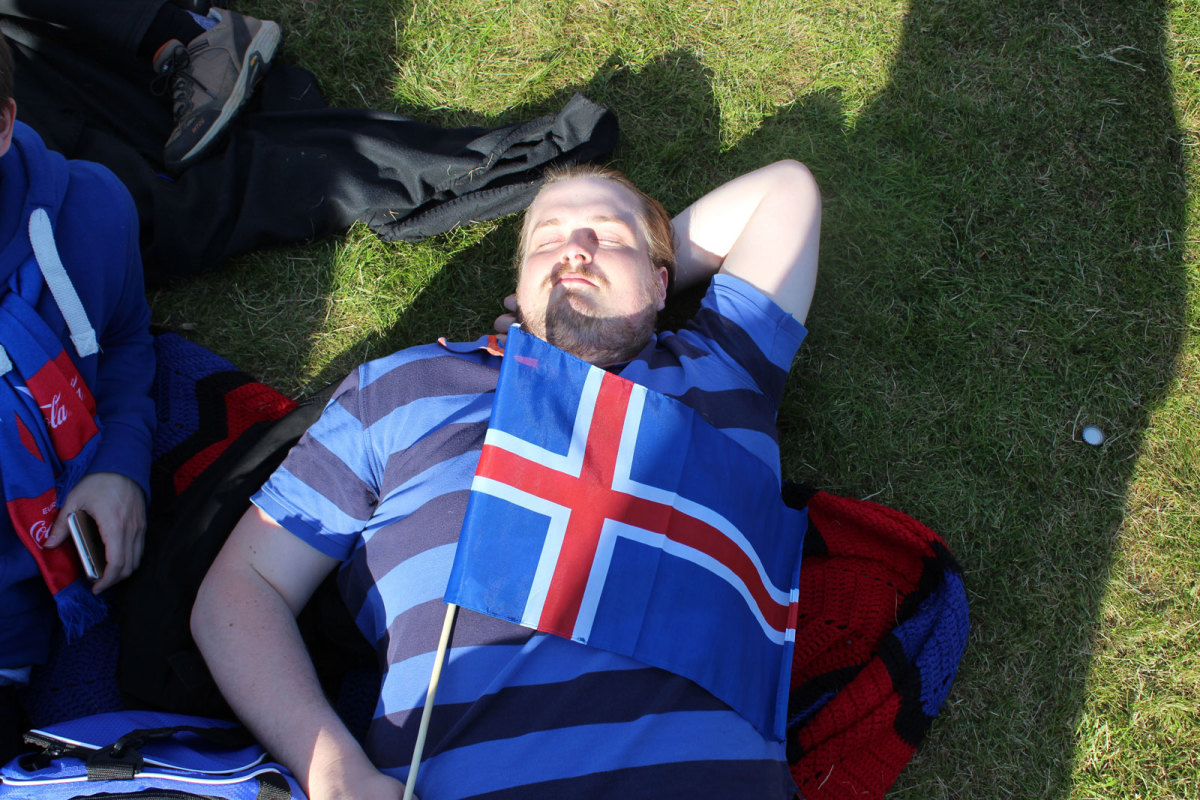
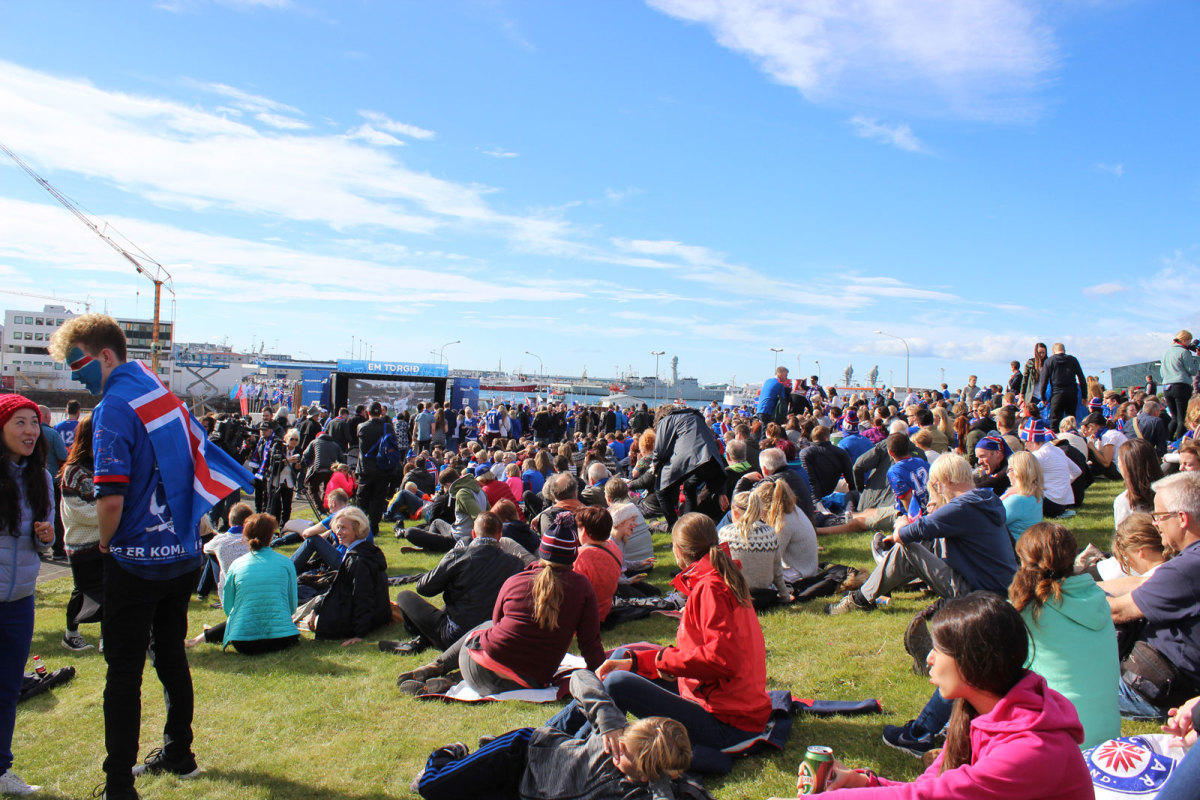
At the moment there are some 30,000 hopeful Iceland fans sitting in the Stade de France, which roughly matches the total on the hill. Iceland is a nation of 330,000. In other words, almost 10% of the population is on a soccer holiday in Paris and another 10% is watching on a giant screen on this cool but fine summer evening in the capital.
“Everybody appreciates it,” Atli Hreinsson, a 27-year-old special education teacher, had said earlier as he sat outside Solon Café. “For many it represents good news, something positive. This is not about the economy, the banks, the Panama Papers. There’s a sense of pride about this team. For the past few years, if you told somebody you were from Iceland, people might think, ‘He’s trying to scam me.’ We weren’t viewed as trustworthy.”
Watch: Iceland broadcaster's calls of Euro 2016 goals vs. France
When the world economy melted in 2008, three private banks in Iceland defaulted, the largest systemic banking collapse in modern history.
Then earlier this year Prime Minister Sigmundur Davio Gunnlaugsson stepped aside after allegations surfaced that his family had been trying to shelter money in an offshore account, sparking outrage given the still-fresh wounds on the banking crisis.
Iceland needed a win, beyond simply making the enlarged 24-team Euro 2016 field. As the tournament progressed, it received a couple–plus one massive tie.
Like the syncopated Huh clap, the ruckus surrounding the team began slowly, on June 14, when Iceland “demolished Portugal, 1-1,” as The Reykjavik Grapevine helpfully explained, in its opener. The result was noteworthy, but it was amplified by the haughtiness of Portugal star Cristiano Ronaldo, who said Iceland players celebrated as “if they’d won the Euro … When they don’t try to play and just defend, defend, defend, this, in my opinion, shows a small mentality and they are not going to do anything in the competition.”
First Look: France vs. Germany in Euro 2016 semifinals
Of course Iceland was never going to be as slick on the field as Ronaldo’s brilliantined hair, but he did himself no favors and he did Iceland no justice as its subsequent group-stage tie with Hungary and 2-1 win over Austria demonstrated. Ronaldo’s sneering did not necessarily galvanize the doughty Iceland team–it plays with estimable cohesion if not Barça skill or pace no matter the circumstances–but his cruel comments irked many in Iceland.
“A lot of people were angry,” Palsson said, “but there were others who brushed it off because they know that Cristiano Ronaldo is a jacka**.”
But on a meta level, by picking at a country that is smaller than the city of London–London, Ontario–and has just 100 professional players, Ronaldo essentially was begging the soccer world to choose a side.
So it did.
We are all Iceland.
Then came the 2-1 win last Monday over England in the round of 16, the result that launched 1,000 Brexit jokes on Twitter and cemented Iceland, a team whose assistant coach is a part-time dentist, as everyone’s second-favorite country after their own. (Reportedly 99.8% of Iceland’s televisions that were on were tuned to the game. There was no mention of what the 0.2 were watching.)
In the giddy aftermath, the Laundromat Cafe in downtown Reykjavik printed postcards: "2-1!" with the bits of the flags and a soccer ball as the point under the exclamation mark.
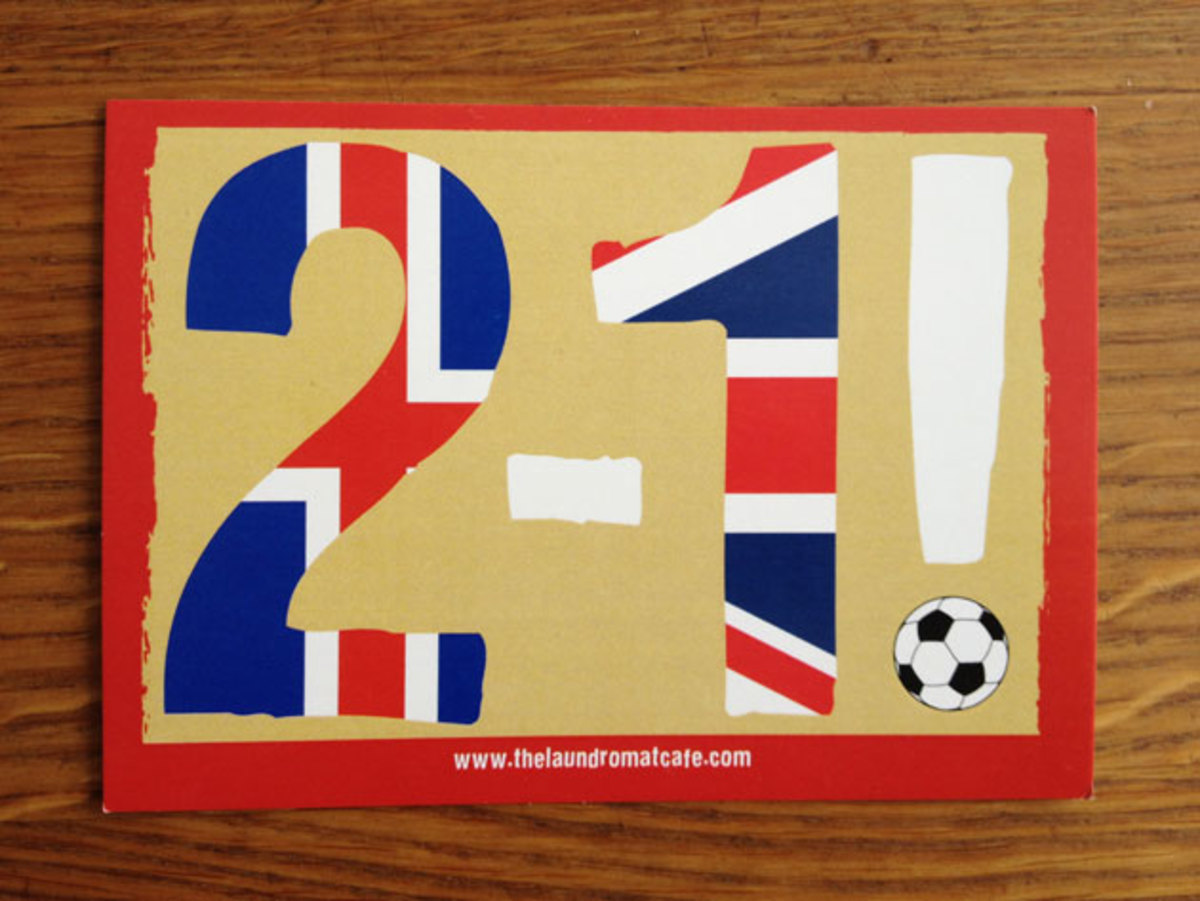
“That was a nice story,” I said to Agust Porisson, a counterman at the café some six and a half hours before kickoff as clumps of fans claimed their viewing spot on giant screen at the base of the Arnarholl.
“It’ll be a better one when we win tonight,” he responded.
Of course there is a moment when all Icelandic sagas end. This one occurred some 12 minutes into the match when Olivier Giroud, perhaps onside by a millimeter, ran onto a ball down the left flank and knocked it through the legs of goalkeeper Hannes Thor Halldorsson. The shot was hardly a Thor’s hammer, but still. Seven minutes later Paul Pogba, off a corner kick, drilled a header to the far post to give France a 2-0 lead. Two French goals in the final five minutes of the half did not end the party on Arnarholl, but it did mute it.
A 1999 trip an unexpected chance to witness Iceland's soccer roots
And then the most curious thing happened. Again.
Iceland won the second half. It outscored the host country, 2-1, and controlled possession of the ball for copious stretches, something it had managed to do only briefly some 30 minutes into the match. Iceland obliged keeper Hugo Loris to make a terrific save on a point-blank header. The referee missed an obvious French handball.
In France, which meets Germany in a semifinal, people will remember Giroud’s two goals, the unassailable halftime lead and the comfortable 5-2 win. But this is the thing: every country is allowed, even expected, to write its own history. Iceland has every right to remember the match, and the tournament, differently.
Downtown Reykjavík at the end of the game here you see 20.000 PROUD icelanders #emisland #isl #iceland #euro2016 pic.twitter.com/xrMYgP7GKS
— K100 (@K100island) July 3, 2016
Some 2,300 miles from Arnarholl, the Iceland fans stood in the rain at Stade de France to join their team with one final Huh chant. In the evening sunshine of Reykjavik’s 64 degrees latitude, the echoes reverberated.
If you crash the party but prove that your invitation should never have been lost in the mail, if you gather to express your shared joy and shared values on a sparkling summer night, maybe you win no matter what the final score.
